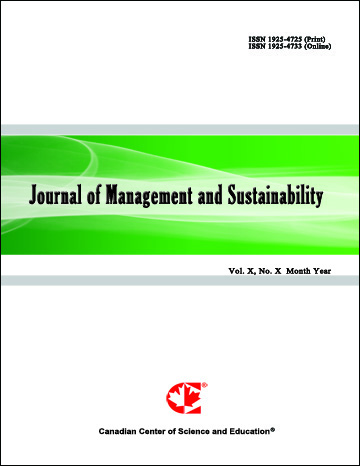Efficient and Sustainable Land Use in Logistics Through Cooperation: A Literature Review and Empirical Research
- Dennis Kotzold
- Lucas Hüer
- Kai-Michael Griese
- Martin Franz
Abstract
In recent years, the issue of land consumption or land use has become increasingly important in many areas of our society. Logistics processes in particular take up a lot of space and have a significant impact on the environment. The question is how this use of land can be optimised. Based on a systematic literature review and interviews with experts in the period between May 2021 and July 2021, this paper presents indicators that constitute or influence space-efficient logistics in the context of cooperation. The results show that in addition to the established cooperation characteristics, there are other indicators that are directly related to land use. In the logistics sector, there is strong competitive pressure and, as a result, little trust between companies. It has been shown that with the help of a neutral moderator, the gap between trusting, land-efficient cooperation and one’s own entrepreneurial interests can be narrowed, and cooperation can be profitable for all participants. In addition, digitisation actually does not seem to be sufficient to meet the information needs of a cooperation. The exchange of information not only serves to automate processes, but also makes cooperation more transparent. It shows that legal and municipal requirements need to be developed. It also becomes clear that the indicators have a mutual influence on each other and cannot be considered in isolation when it comes to the actual implementation of a cooperation. By increasing the efficiency of cooperative processes and value creation, it offers the opportunity to make land use more sustainable.
- Full Text:
 PDF
PDF
- DOI:10.5539/jms.v13n1p103
Journal Metrics
Google-based Impact Factor (2021): 1.54
h-index (July 2022): 37
i10-index (July 2022): 147
h5-index (2017-2021): 12
h5-median (2017-2021): 19
Index
- Academic Journals Database
- ANVUR (Italian National Agency for the Evaluation of Universities and Research Institutes)
- CAB Abstracts
- CNKI Scholar
- EconBiz
- Excellence in Research for Australia (ERA)
- GETIT@YALE (Yale University Library)
- Harvard Library
- HeinOnline
- Infotrieve
- JournalTOCs
- LOCKSS
- MIAR
- PKP Open Archives Harvester
- RePEc
- Scilit
- SHERPA/RoMEO
- Stanford Libraries
- UCR Library
Contact
- Evelyn XiaoEditorial Assistant
- jms@ccsenet.org
